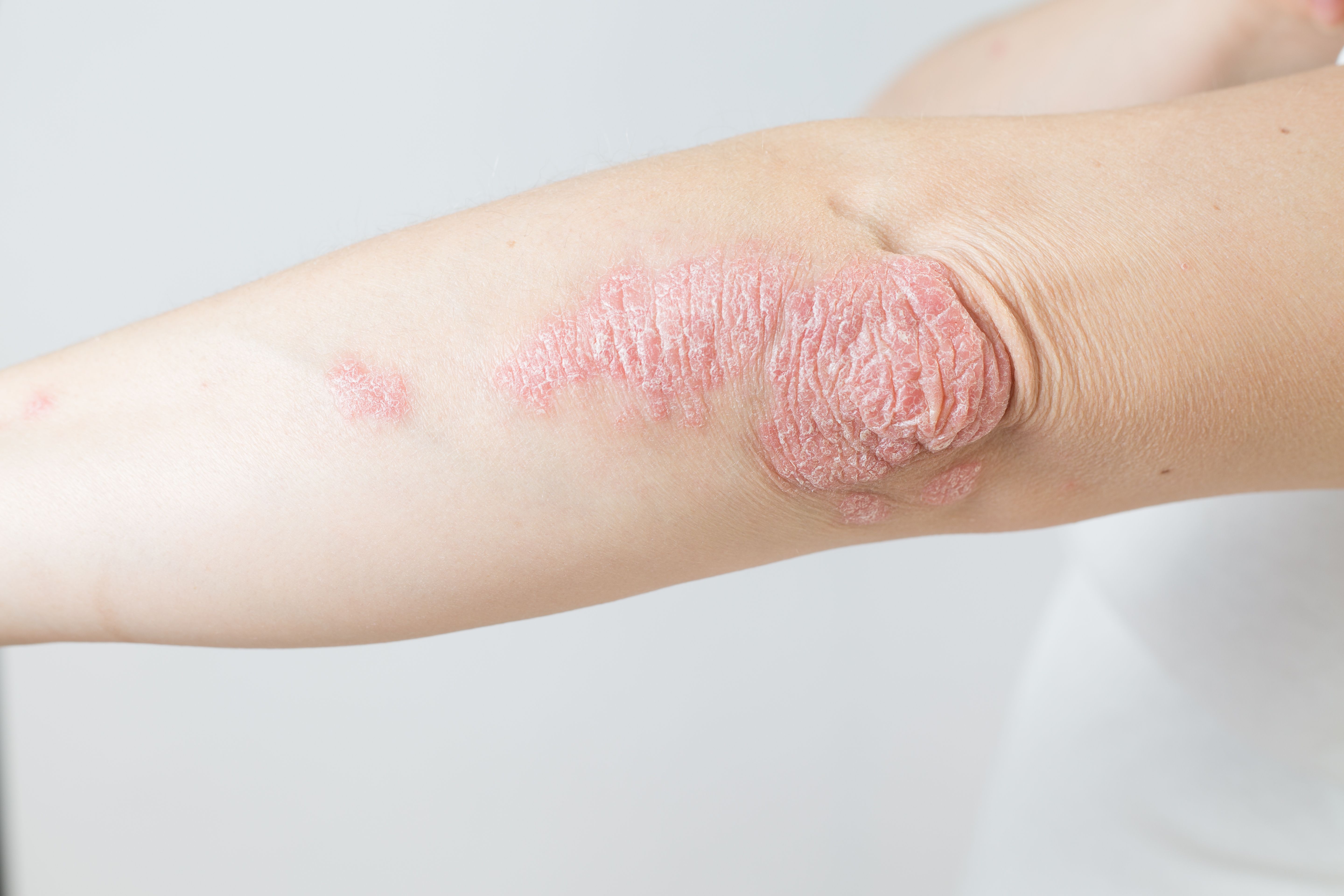
- Case-Based Roundtable
- General Dermatology
- Eczema
- Chronic Hand Eczema
- Alopecia
- Aesthetics
- Vitiligo
- COVID-19
- Actinic Keratosis
- Precision Medicine and Biologics
- Rare Disease
- Wound Care
- Rosacea
- Psoriasis
- Psoriatic Arthritis
- Atopic Dermatitis
- Melasma
- NP and PA
- Skin Cancer
- Hidradenitis Suppurativa
- Drug Watch
- Pigmentary Disorders
- Acne
- Pediatric Dermatology
- Practice Management
- Prurigo Nodularis
- Buy-and-Bill
News
Article
Pure Hypercholesterolemia and Psoriasis Share a Causal Link, Study Says
Author(s):
Researchers explored the potential causal relationship between pure hypercholesterolemia, a recognized risk factor for cardiovascular disease, and psoriasis.
SNAB/Adobe Stock

In a recent study published in Skin Research and Technology, researchers explored the potential causal relationship between pure hypercholesterolemia (PH), a recognized risk factor for cardiovascular disease, and psoriasis.
The study employed Mendelian randomization (MR) analysis, an epidemiological method utilizing genetic variants as instrumental variables to explore causal relationships. By utilizing genome-wide association studies (GWAS) data from the FinnGen biobank, the researchers aimed to uncover the potential causal link between PH and psoriasis.
Researchers conducted a 2-sample bidirectional MR analysis, using single-nucleotide polymorphisms (SNPs) as variables. SNPs were selected based on pre-set criteria to ensure their strong association with exposure, independence from confounders, and a direct impact on outcomes only through exposure.
The MR analysis revealed a positive causal effect of PH on psoriasis, indicating that individuals with PH may have an increased risk of developing psoriasis. This result was consistent across multiple MR analysis methods, including inverse variance weighting, MR-Egger, and weighted median.
Furthermore, the study extended its analysis to specific subtypes of psoriasis, such as psoriatic arthritis (PsA), psoriasis vulgaris, and other unspecified psoriasis.
The results indicated a positive causal relationship between PH and PsA, suggesting that individuals with PH may be at a higher risk of developing PsA. However, no significant causal relationships were observed between PH and psoriasis vulgaris or other unspecified psoriasis.
Reverse MR analyses were also conducted to explore whether psoriasis and its subtypes had a causal effect on PH. No reverse causal relationships were found, except for PsA, which demonstrated a potential protective effect against PH.
Potential study limitations, as noted by study authors, include limited geographical study data (exclusive to Europe) that may not be applicable to psoriasis in other regions, an inability to analyze the subtypes of hyperlipidemia, and an inability to analyze various other subtypes of psoriasis due to a lack of data.
"This MR study supports a strong positive relationship between PH and psoriasis, PsA, while endorsing PsA as a protective factor for PH," study authors wrote. "It also suggests that there is no causal relationship between PH and psoriasis vulgaris and other unclassified psoriasis. This study may provide new insights into the role of PH in psoriasis pathogenesis and shed light on the prevention and treatment of psoriasis."
Reference
Bai R, Ren L, Guo J, et al. The causal relationship between pure hypercholesterolemia and psoriasis: A bidirectional, two‐sample Mendelian Randomization Study. Skin Res Technol. 2023;29(12). doi:10.1111/srt.13533
2 Commerce Drive
Cranbury, NJ 08512
All rights reserved.




